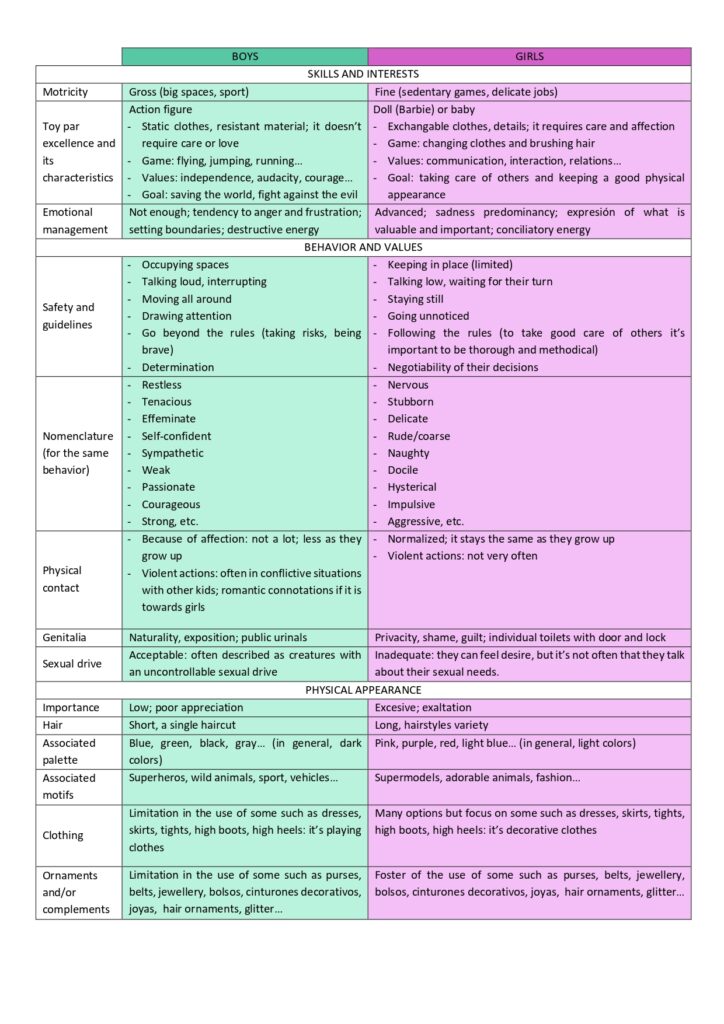Queer emerges as an escape route for all those who do not want to define their identity based on the male-female binomial and all that it implies. They are fluid, plural or ever-changing ways of being, which sounds much healthier and more real than living conditioned by your gender, but also much more uncomfortable (and even dangerous) on a social level. Non-binary or trans people find themselves in a totally unfavourable situation, both in the legislative framework and in their daily interactions.
Their treatment is often full of (pre)judgement, violence and lack of protection. For example, in 2021 alone, 573 hate crimes related to the gender identity or sexual orientation of the victims were registered only in Spain. The problem is that this figure is only a reflection of the cruelty and rejection that have permeated our societies for centuries and that so many people still persist in exercising.
Although governmental plans are now beginning to be developed with the aim of protecting trans or queer people, there is still a great deal of ignorance among the population. And we know what the unknown provokes: usually fear. It is a fact that those who question the binary are a danger to the structure with which we have been organising ourselves for years. And they do not only threaten the system, but also our individual identities, which is part of the origin of the rejection: the most comfortable thing for the majority is to continue as they are, without questioning the limits or whether there are other ways of being or living.
However, with all this information in hand, we must be brave and dare to review our own privileges and preconceptions. Above all, we must stop believing that those who do not integrate are because they do not want to. Ending stereotyping, discrimination, exclusion, limitations and invisibilisation depends on questioning the construction of our identities and managing public education from an intersectional, inclusive and, yes, feminist perspective.
